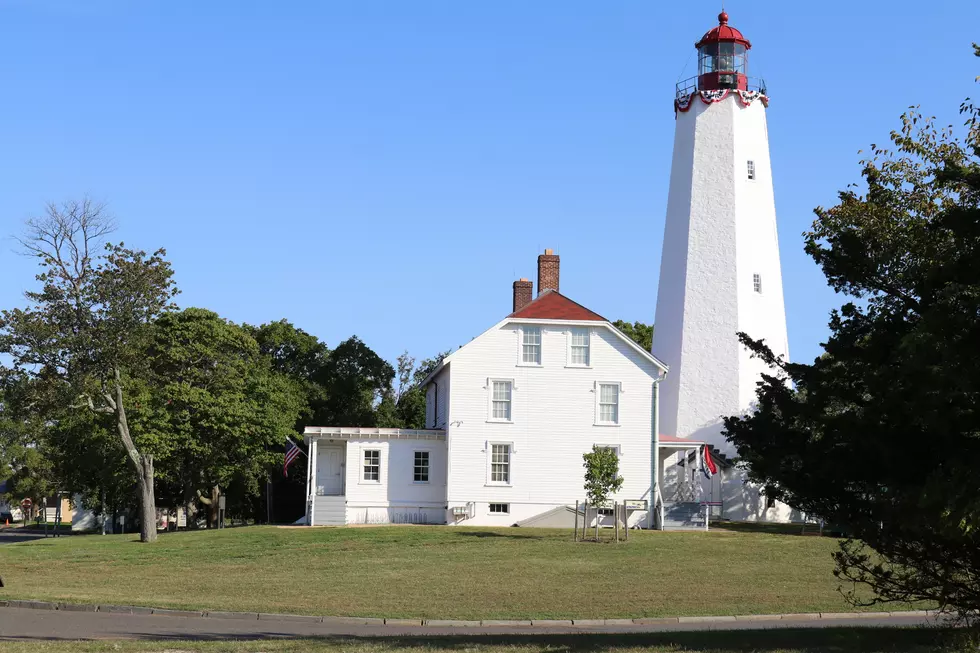
America’s oldest standing, operating lighthouse is right here in NJ
MIDDLETOWN — A beacon made of stone that was once pummeled by American rebels against the British Army during the Revolutionary War still stands at the tip of what is now a national park in New Jersey.
The Sandy Hook Lighthouse, which to this day signals the entry to New York Harbor, began operation on June 11, 1764, and continues to guide ships as part of the Gateway National Recreation Area.
It was the fifth lighthouse to be built prior to the American Revolution and the first south of New England, according to Park Ranger and Historian Tom Hoffman, and is the only one of 12 colonial-era lighthouses to survive to present day.

When it was first built, Hoffman said, it was a tool for New York City-based merchants to prevent losing their vessels, cargo, and crew in shipwrecks in shallow water.
Yet today, even despite GPS technology, the lighthouse still serves a purpose because Hoffman said electronic systems can fail from time to time.
"The mariner, the people on the ship, they want to see a white tower during the day, and at night they want to see this constantly white light coming from the top there," he said.
While there have been no overhauling restoration projects since ownership of the lighthouse was transferred to the National Park Service in the mid-1990s, two major renovations have taken place, according to Hoffman.
Those allow for daily walking tours every half hour up and down 95 steps plus a nine-rung ladder, an offering that was only recently restarted following the restrictions of the COVID-19 pandemic.
"We take our time, and then people want to admire the view, so on a clear day, it's terrific," Hoffman said. "You can see all of lower New York Harbor and in the far distance to the north, you can see the skyscrapers of Manhattan."
The U.S. Coast Guard continues to own the glass Fresnel lens atop the lighthouse, Hoffman said, and that is now augmented by a collection of high wattage light bulbs.
Those who take their vehicles to the north end of the park to view the Sandy Hook Lighthouse do not have to pay, according to Hoffman, although there is a parking fee for the lots along the oceanside beach this time of year.
For more, view the lighthouse's information page on the Gateway National Recreation Area website.
Patrick Lavery is a reporter and anchor for New Jersey 101.5. You can reach him at patrick.lavery@townsquaremedia.com
Click here to contact an editor about feedback or a correction for this story.
LOOK: The most extreme temperatures in the history of every state
What would happen to NJ if we were attacked by nuclear weapons?
LOOK: 31 breathtaking images from NASA's public library
More From Beach Radio










